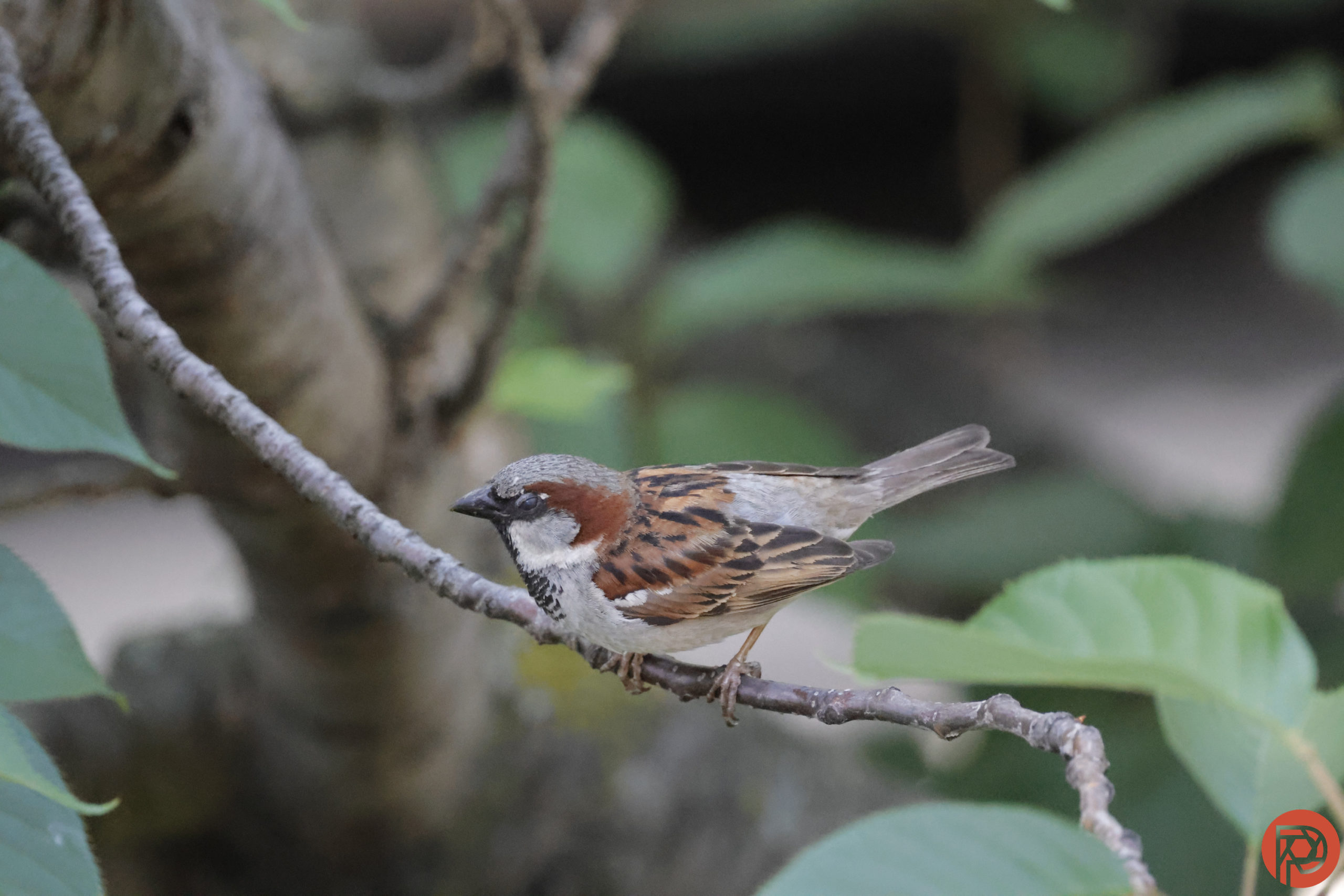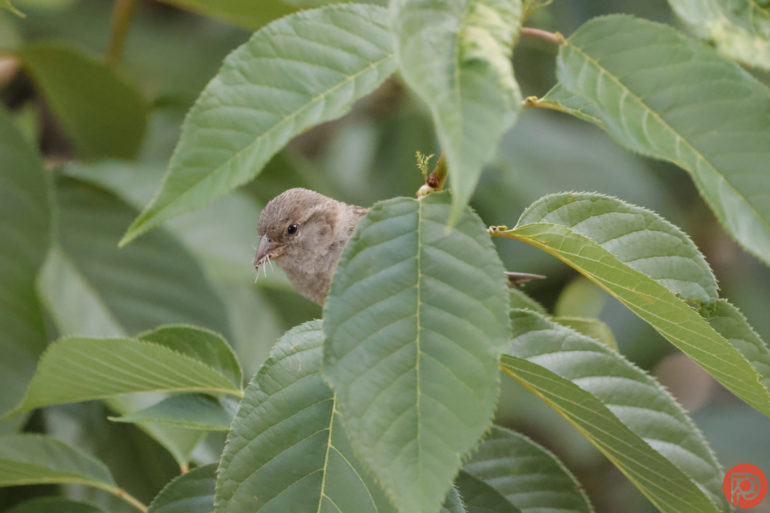We’re currently working on our Canon EOS R7 review, and we’re finding some incredibly fascinating things about this camera. Something really surprising us is the high ISO output from this 32.5MP APS-C sensor. We’ve been testing the camera for sports and wildlife photography. And what’s truly amazing us is how it performs at high ISOs. In fact, at ISO 12,800, it’s surprisingly clean.
You can pick up the Canon EOS R7 at Amazon or Adorama when they’re in stock. Also be sure to see our first impressions of the camera.
So why is this so mind-blowing for us? There are several reasons:
- This is an APS-C sensor that boasts a high resolution. Because of that alone, it shouldn’t have such great high ISO performance.
- We’ve encountered situations where we’d actually need to use ISO 12,800. When photographing these birds in aperture priority, they were covered in the canopy from the trees, so light was cut down immensely. To get a photo devoid of camera shake while the wind was blowing the branches around, we needed to snap photos at this high ISO. Even ISO 6400 wasn’t cutting it, but this is also partially because of the lenses available. We’re doing much of our testing with the Canon RF 100-500mm f4.5-7.1 L IS USM lens, which we feel pairs very well with this camera. Otherwise, we’d be underexposing by a stop or so.
- The clean high ISO output of the straight-out-of-camera JPEG files impressed even photographers who have been doing this for years. Granted, they’re not as clean as ISO 1600 or 3200. But these are definitely usable files.
- Lots of photographers love using the auto ISO setting and giving it a certain range. If you’re one of those, you’ll have very little reason or need to worry if your ISO goes up to ISO 12,800. Having more of a usable range means getting that perfect photo is easier.
Overall, we’ve been incredibly impressed with what the Canon EOS R7 can do. We’re still doing a lot more testing, but so far this camera seems like it could complement either the Canon EOS R or Canon EOS R5 well. Both of those cameras have an autofocus system that pales in comparison to the Canon EOS R7. It’s quite shocking because I’d expect the Canon EOS R5 to have improved at this point. In our eyes, it should get more features from the Canon EOS R3 the way that the R7 did.
Despite the high ISO output being so fantastic, the autofocus still has weak points. In low light, we’re finding that it’s having difficulty tracking moving subjects, and we have more testing to do around this. What Canon is doing far better than Sony, Nikon, and the OM System is understanding and tracking animals. Still, the EOS R7 has had some problems identifying birds and dogs, and keeping them in focus while using the system in low light can be an issue for sure.
From what we can tell so far, we think bird and wildlife photographers will adore the Canon EOS R7. In good, bright lighting outdoors this camera is very capable. When it comes to photographing wildlife in forests, it might have a bit of trouble. Thankfully, the system does one of the best jobs I’ve ever seen at taking user assistance. I’ll often use the Expand AF Area: Around setting to give the camera some help with tracking a subject. If it finds it even without my help while set to the scene modes, it can still focus on them and track them easily. We’re still working on our review, so stay tuned.



